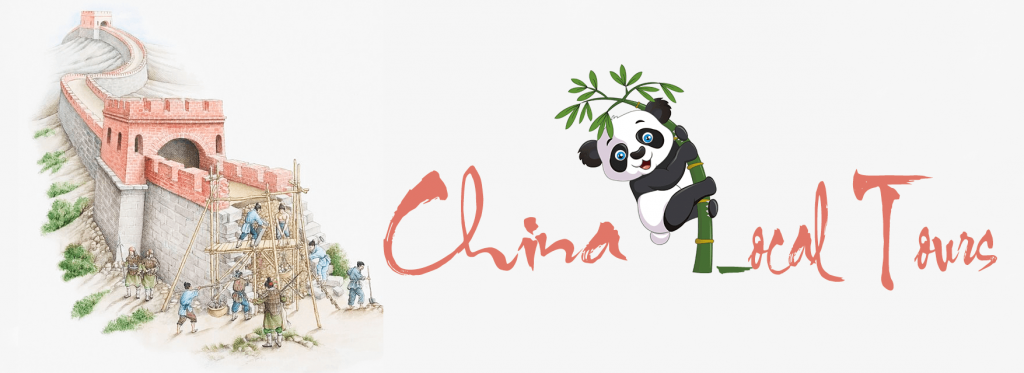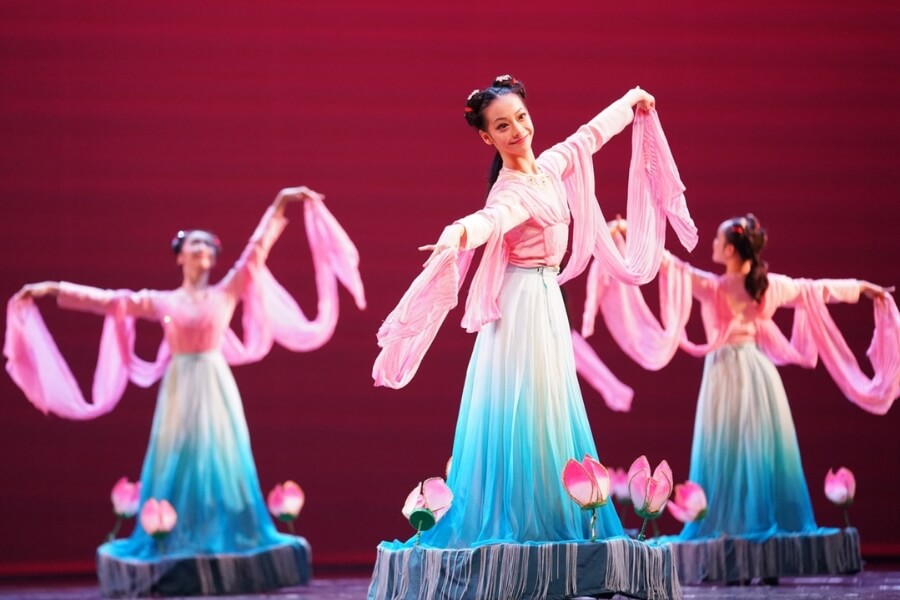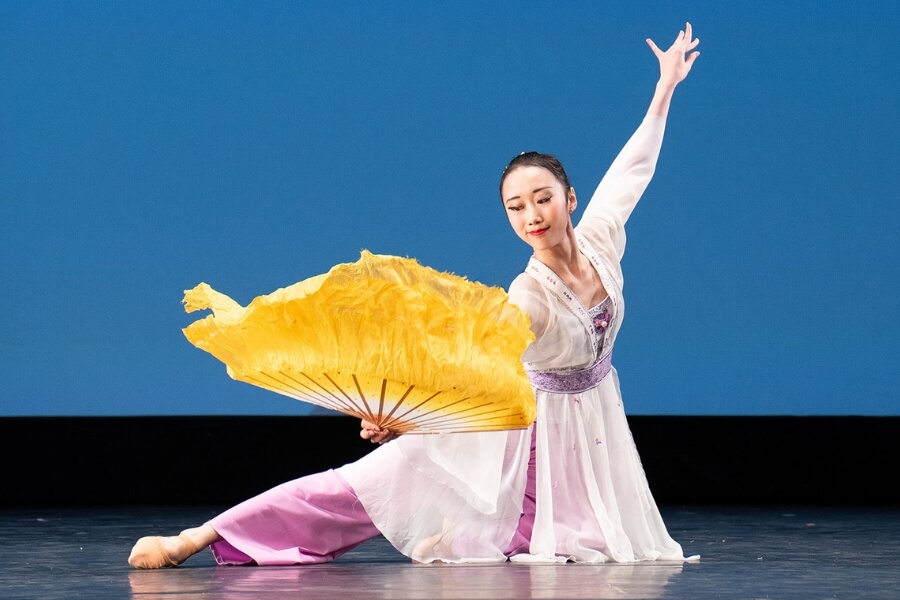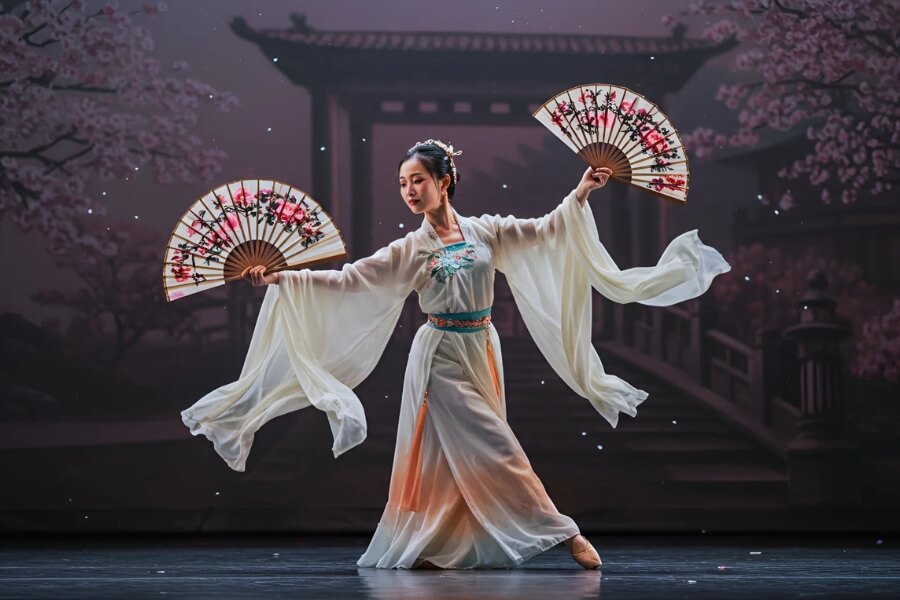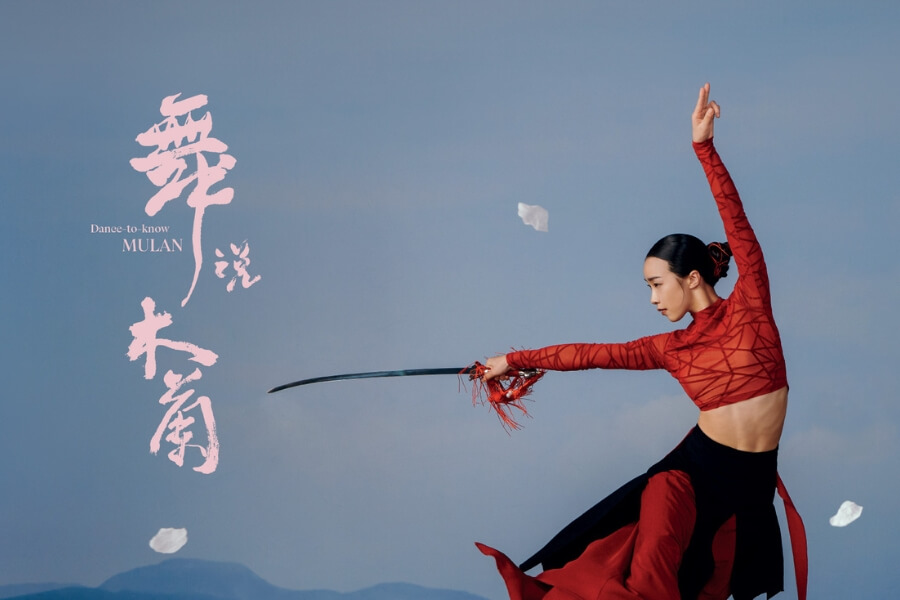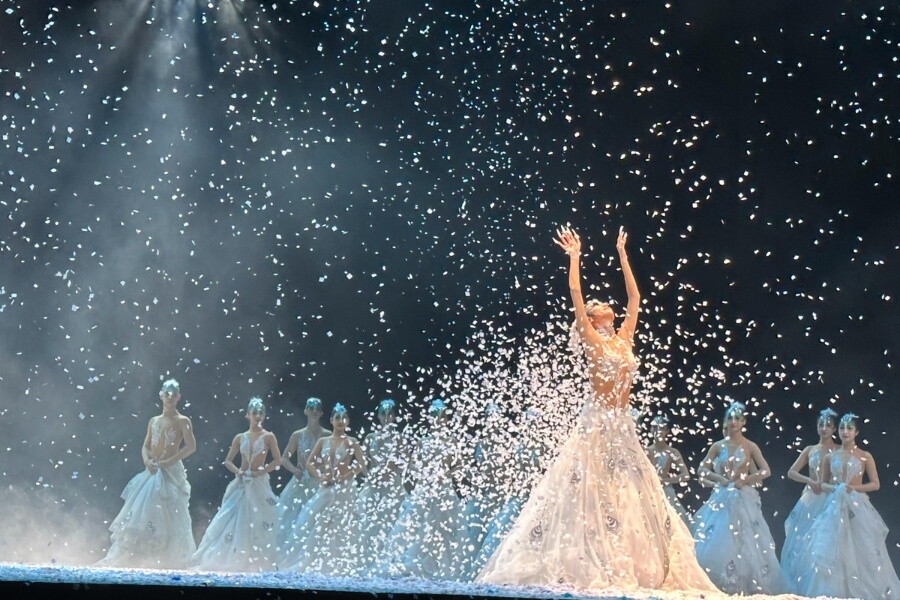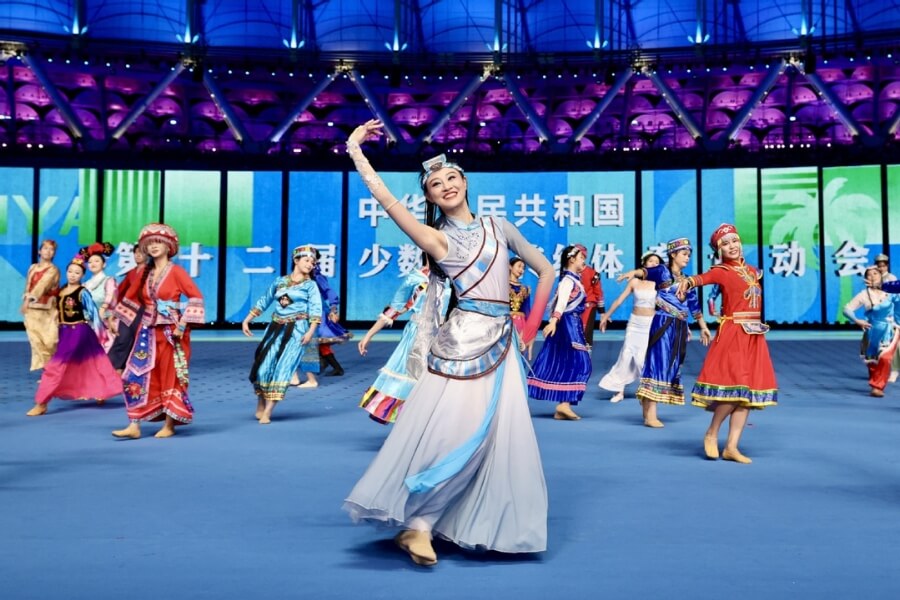When you think of China’s cultural heritage, images of majestic dragons weaving through festival crowds and graceful figures gliding across ornate stages may come to mind. Traditional Chinese dances are not just performances - they are vibrant stories, living traditions, and heartfelt expressions of a civilization that spans millennia. This article will guide you through the mesmerizing world of Chinese cultural dances, exploring the types of Chinese dances, their history, significance, and how they continue to enchant locals and travelers alike.
Whether you are passionate about the arts, curious about China’s heritage, or planning your next adventure with reputable China Local Tour Operators or considering china private tours, understanding traditional Chinese dances will add a unique dimension to your journey.
The Origins and Evolution of Traditional Chinese Dances
Chinese traditional dances have roots stretching back to the Neolithic period, over 5,000 years ago. Early dances often reflected daily life, religious rituals, and agricultural celebrations. As dynasties rose and fell, court dances blossomed, folk performances flourished, and regional styles emerged, each preserving the spirit of their time.
From Ancient Rituals to Imperial Courts
In ancient China, dance was closely linked to music and ceremony. Ritual dances, such as the “Yayue,” were performed in temples and royal courts, embodying harmony between humans and the cosmos. During the Han and Tang dynasties, dance became central to court entertainment, with thousands of professional dancers mastering elaborate routines that blended storytelling, acrobatics, and drama.
Folk Dances: The Soul of Chinese Communities
Chinese folk dances reflect the diversity of China’s many ethnic groups. Each region, from the rolling plains of the north to the lush hills of the south, developed its own unique styles, movements, and costumes. These chinese folk dances are often performed during festivals, weddings, and harvest celebrations, keeping age-old traditions alive.
Types of Chinese Dances: A Colorful Spectrum
There are numerous types of Chinese dances, each with their own history, symbolism, and artistic flair. Below, we’ll explore the most significant types of chinese dances, highlighting their cultural importance.
The Lion Dance
The Lion Dance is a beloved part of Chinese culture, often performed at grand openings, weddings, and festivals to bring good fortune. Two dancers, one controlling the head and the other the tail, animate the “lion” with playful leaps, dramatic shakes, and expressive eyes. The dance is accompanied by the thunderous beat of drums and cymbals, energizing both performers and audience.
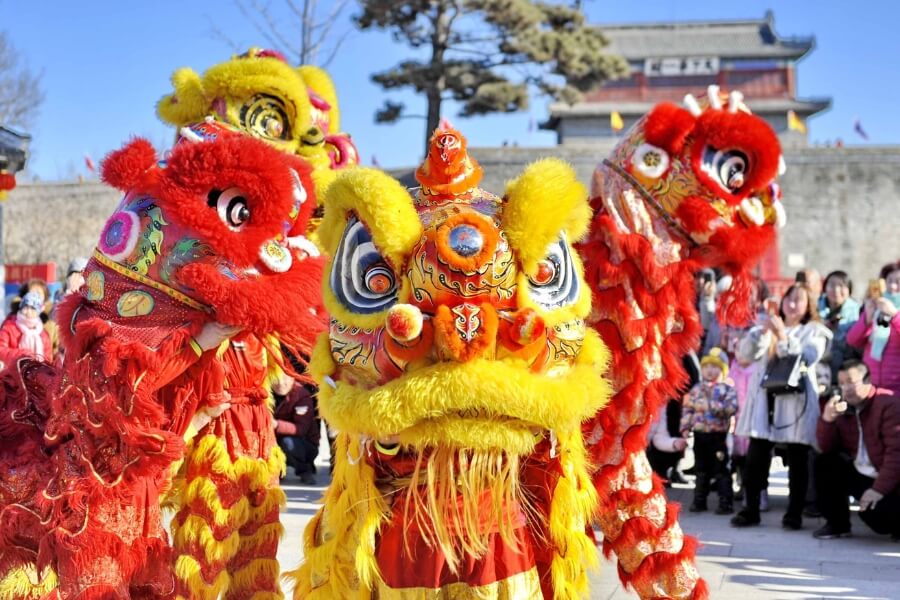 The Dragon dance is believed to bring about luck to people. In the Chinese culture, this symbolic creature represents the great power and dignity, prosperity and auspiciousness. The longer is the dragon, the more luck is it.
The Dragon dance is believed to bring about luck to people. In the Chinese culture, this symbolic creature represents the great power and dignity, prosperity and auspiciousness. The longer is the dragon, the more luck is it.
Chinese Classical Dance Shen Yun
Shen Yun is the name of a dance company established to preserve and spread the Chinese5000-year-old dancing art. Every year, they introduce new excellent performances, mesmerizing dances, elaborated costumes, and music of purity. Their performances are introduced all over the world and receive tons of compliments.
Shen Yun performances are based on the foundation of Chinese classical dance - art performance which has the strictest requirements all over the world. The ancient Chinese believed that true art comes from the beauty and purity deep down in the artists’ soul. Following this belief, apart from physical training, Chinese dancers need to nurture their soul to achieve the intimate connection between body motion and inner feelings. This art form involves facial expressions showing inner feelings like love, peace, joy, anger, and disappointment. These feelings also guide the accurate, flexible and elegant movements of the dancers.
Chinses Traditional Fan Dance
The history of Chinese fan dance is believed to begin during the Han dynasty. It once had its role in both civilian and military. Civilian fan dance was for entertainment, focusing on the graceful and elegant movement, while the military used it for their exercise. In the dance, fans play an important role. Together with the costumes, they accentuate graceful movements, delicate poses and consistent changing body positions under rhythm involving in the dance. With fans, dancers’ limbs look longer, and the choreography and the structure in the performance gain more attraction. These fans are rarely paper fans, but embellished with feathers, jewels, bamboo, or other materials, showing the high level of craftsmanship and creativeness. Performing fan dance is a way to tell stories, share feelings and emotions without any word and to preserve the culture.
Chinese Traditional Sword Dance
The Sword dance or so-called Sword tool dance was popular under the Tang Dynasty and mainly performed as royal entertainment. Like fan dance, sword dance has its role in military life, ancient warriors practice the dance as it resembles the form of material art. In artistic performance, the sword is used for the movement of the dance rather than as a weapon. It can be single, double or dagger sword. The tassels are added for decorating purpose and enhance the amuse of the performance.
There are two kinds of sword dance: moving and standing sword dance based on the use of the sword. In the dance with moving sword, the dancers’ movement should be smooth and flexible like the flowing water to be paired with the continuous snake-like movement of the sword. In the standing sword dance, the movements focus on the swiftness, forcefulness but still keep the elegance and grace.
Chinese Traditional Peacock Dance
The origin of Chinese Peacock dance was traced thousands year ago in Yunnan, China. It came up after a legend of Dai Minority people. A man saw a beautiful peacock dancing so delicately that he imitated it. In their culture, the peacock represents beauty, elegance, and good luck, and is the animal connected with heaven. Through years, the dance has been developed and become the first National grade Cultural Heritage. In the dance, the performers recreate the living habits of the birds on the stage, flying out from the nests, watching around, finding food and water, taking a bath, etc. through the flexible and graceful movements of knees, arms, wrists, and fingers.
Ethnic Minority Folk Dance
There are 56 ethnic minorities living together in China. As they are characterized in culture, religious belief, and other features, each group of people has their own set of folk dances. These dances play the role as the ritual performance on festive occasions, showing the desire for favors from supernatural or enhancing the bonds among the group. Some common concepts that most ethnic groups share in their dances are: rivalry, jealousy, love, forgiveness, etc, These dances are considered as the national heritage to preserve, and recently they have successfully paved their way to the stage. Tourists can enjoy these unique dances when taking part in Chinese festivals as well.
How to Experience Traditional Chinese Dances as a Traveler
Planning a journey to China? Here’s how you can immerse yourself in the world of chinese cultural dances:
- Attend a live performance: Major cities like Beijing, Shanghai, and Xi’an host nightly shows featuring a variety of traditional chinese dances, from courtly classics to high-energy folk displays.
- Join a festival: Time your visit with the Lunar New Year, Lantern Festival, or local ethnic festivals to catch authentic performances in their original settings.
- Take a dance workshop: Some china local tour operators offer hands-on cultural experiences, including traditional dance lessons led by expert instructors.
- Visit museums and cultural centers: Many museums showcase costumes, props, and multimedia exhibits that bring the history of chinese folk dances to life.
If you are seeking a tailored itinerary, consider booking through a china travel agency that specializes in cultural tourism or opt for china private tours to include exclusive dance experiences.
Let the Rhythm of China Inspire Your Journey
Traditional Chinese dances are a feast for the senses and a gateway to understanding China’s profound cultural heritage. From the thunderous energy of the Lion Dance to the delicate beauty of the Fan Dance, each performance is a living story, an invitation to celebrate, reflect, and connect.
As you plan your next adventure, consider weaving a dance experience into your itinerary. With the help of expert china local tour operators, you can witness the magic of chinese folk dances up close, creating memories that will last a lifetime.
Ready to discover the soul of China? Let the rhythm guide your steps and the stories of its dances inspire your travels.
